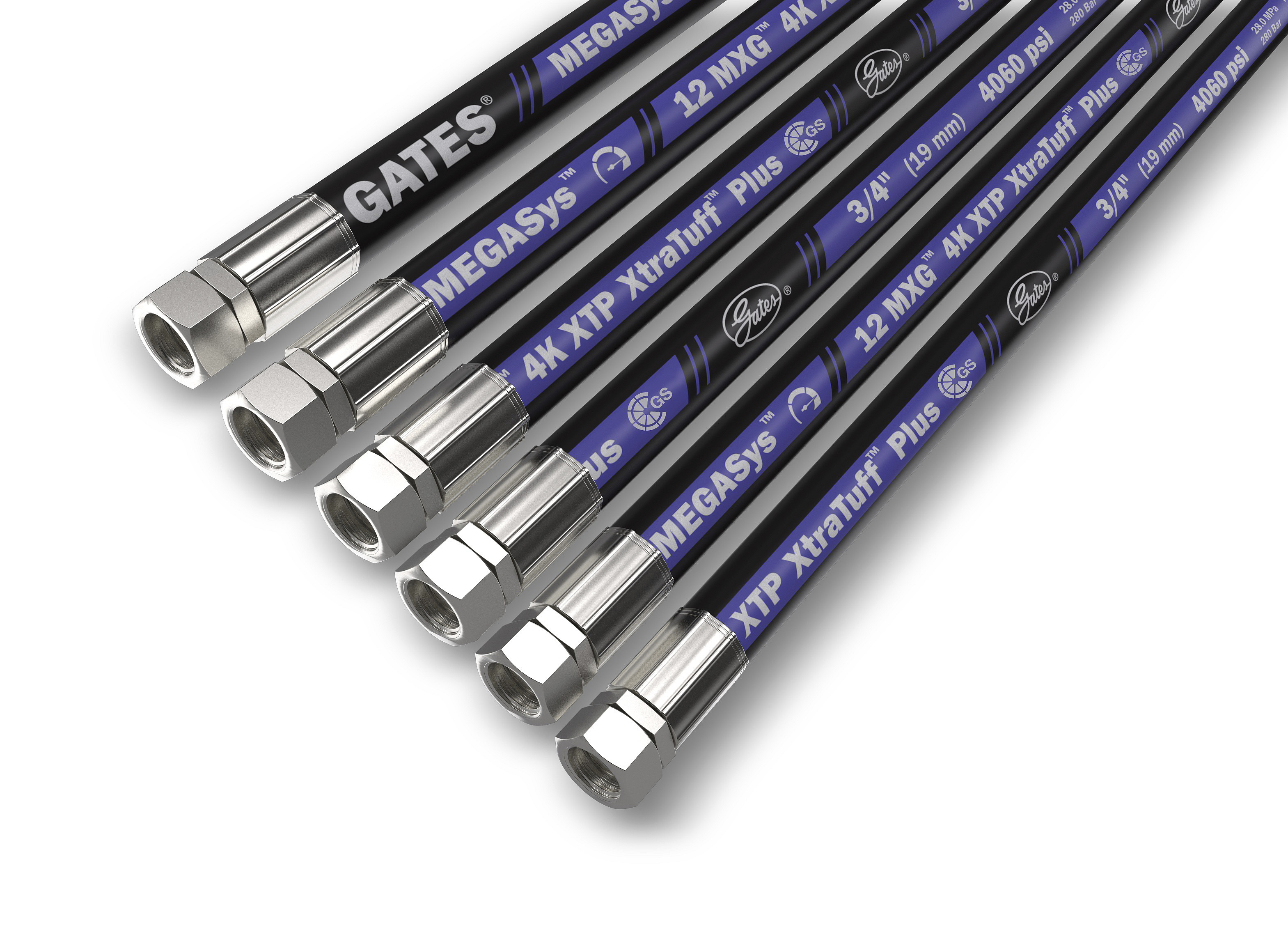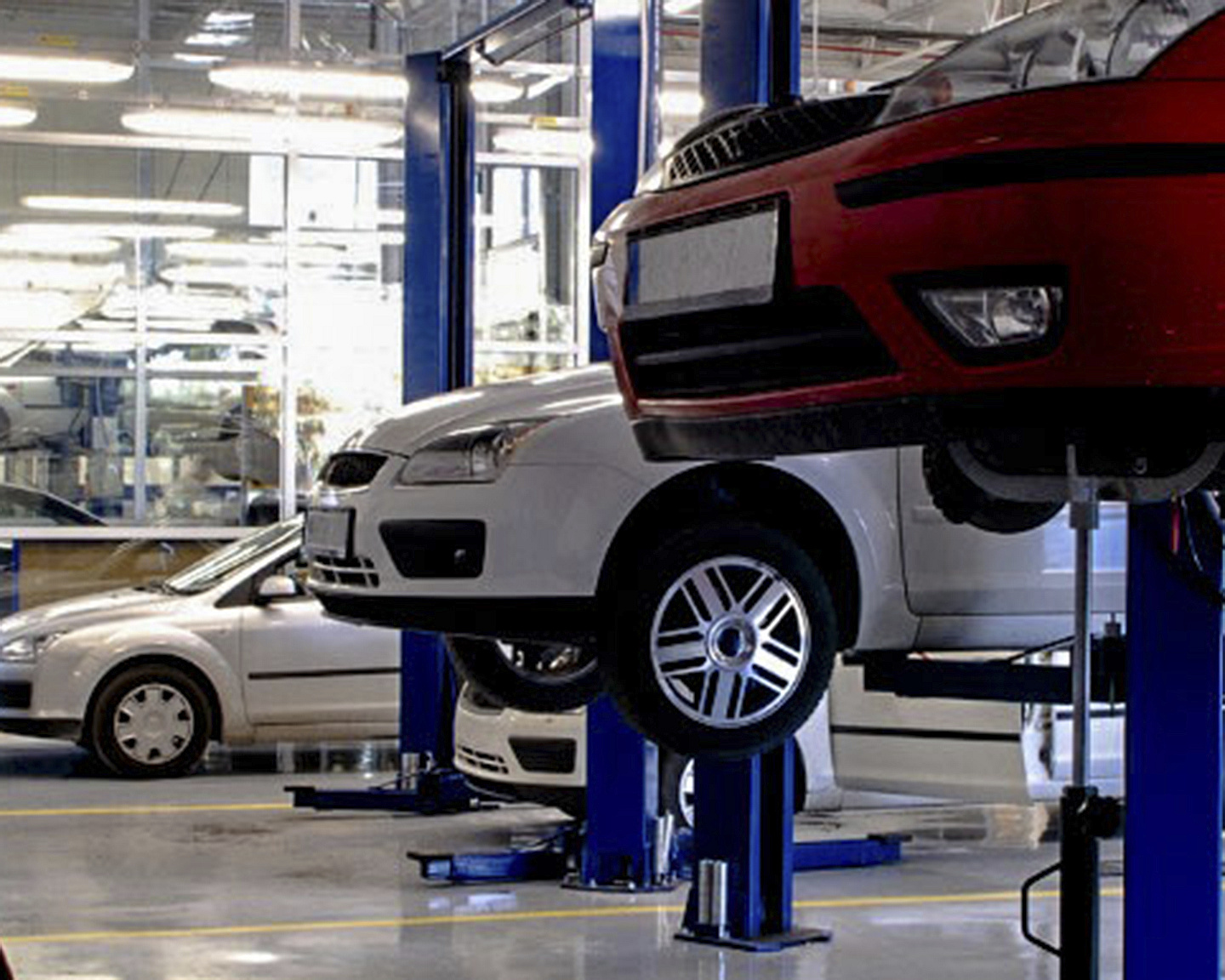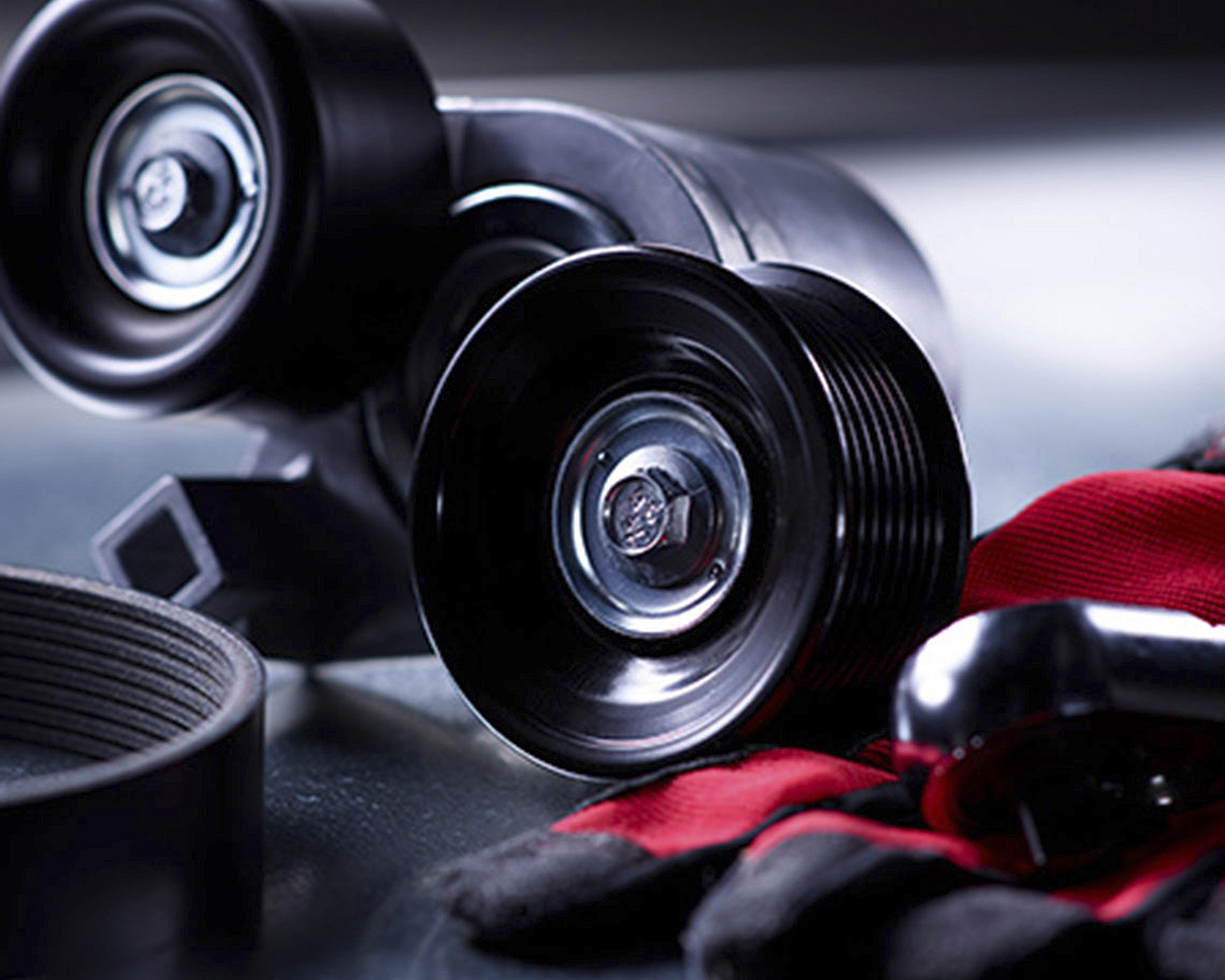Troubleshoot and Understand Hose Failure
When your operations rely on hoses and hydraulic systems, it’s important to have the ability to identify the signs, causes, and preventative solutions of hose and assembly failure. Understanding your hose system and failure will help you make better decisions for future usage and replacement.
Cover Abrasion
Problem: Cover abrasions occur when part of the hose cover has been worn or removed, exposing the hose reinforcement. This may be caused by non-compatible fluids or continuous chafing against external objects, equipment components, or other hoses in the operating environment. Hoses with cover abrasions are susceptible to rust and accelerated damage, leading to premature failure.
Solution: Reroute the hose by bundling hose together that flex in the same direction. If cover abrasion is due to non-compatible fluids or harsh chemical exposure in the operating environment, consider replacing the hose assembly cover. You may also protect the hose cover with nylon and urethane sleeving and spring guards.
Gates Solution: The Gates MegaTuff ® has 300X the abrasion resistance of standard hydraulic hose, while Gates XtraTuff ™ has 25X the abrasion resistance and ½ the bend radius of standard hydraulic hose.
Hose Burst at Body
Excessive pressure surges, flexing, kinking, crushing, or exceeding minimum bend radius can all lead to hose bursting along the hose body, anywhere away from the hose ends.
Solution: Inspect your operating pressure. Select a hose that has the proper working pressure rating to handle the maximum pressure, including surges, of your application. If your wire braid-reinforced hose has frequent pressure surges, consider switching to a spiral wire-reinforced hose. Another solution is to reroute the hose to eliminate excessive flexing and/or exceeding the minimum recommended bend radius.
Gates Solution: Gates MegaSys ® hose products are designed to improve flexibility and bend up to 1/3 the industry standard (SAE) specification, outperforming standard industry options. Our MegaSys line includes very high-pressure spiral reinforced, wire-braid, and low-pressure suction hoses.
Hose Burst at Coupling
A hose burst at the coupling end may be caused by insufficient hose slack, excessive bending/flexing, or an over-crimped hose end. This is especially common for pressurized hoses, in which the hose shortens in length and puts excessive stress on the coupling.
Solution: Increase the hose length to accommodate contraction under pressure and increase actual bend radius as the hose exits the coupling. Bend restrictors can also be used to reduce bending stress at the coupling. You may also need to replace the hose assembly with properly crimped assembly.
Gates Solution: Gates Vinyl Bend Restrictors reduce bending stress in the hose near the coupling to prevent damage. You can also calculate your operation cost savings with properly crimped hoses with our Gates Crimper ROI tool.
Hose/Coupling Interface Weep
Fluid seeping or leaking from the end of the ferrule. This may be caused by insufficient hose insertion during assembly and/or under-crimping. Excessive vibration, flexing, and tugging may also weaken the interface and reduce the assembly’s ability to prevent fluid seepage.
Solution: Whether the hose has been under-crimped or the stem has been improperly inserted, the assembly must be replaced with one that has been properly assembled.
Gates Solution: Gates MegaCrimp ® couplings have been designed to provide weep-free performance, simple insertion, and superior coupling retention.
Coupling Blow-off
Over or under crimping, incorrect hose/fitting combination, incorrect crimping dies, and other assembly mistakes most often lead to coupling blow-off, which occurs when the coupling has completely separated and released from the hose.
Solution: Examine and replace the hose assembly, ensuring you follow all proper assembly procedures. Modify hose length and/or routing to accommodate potential hose length reduction under pressure. And remember: Never mix manufacturers’ hose couplings or crimpers.
Gates Solution: Our team of experts are always happy to help identify the right assembly, crimping specifications, and hose/fitting combination for your application. Find the perfect hose for your operations using our Hose Advisor Lookup, or contact a Gates Product Application Engineer.
Hose Cracks
Cracks in the hose cover or tube are typically caused by exposure to excessive heat and/or ozone. It’s vital to never exceed the maximum temperature rating on a hose, as operating just 18°F above the maximum temperature may cut your hose life in half. Cracks can also be caused by flexing, especially at excessively low temperatures.
Solution: Select a hose that meets the temperature and flow requirements of your application. Also, identify the heat sources, such as exhaust manifolds or undersized reservoirs that cause friction, and consider rerouting the hose away from the source to minimize the heat’s effects.
Gates Solution: Gates high pressure, high temperature hoses, including our G2XH, M4KH and M3KH hoses, are designed to withstand temperatures up to 300°F.
Hose Twist
Hose twist is evident by a spiraling hose label and bends in two planes. The hose twisting misaligns the reinforcement, and reduces the hose’s ability to withstand pressure. Twisting a high-pressure hose only 7° may reduce the service life up to 90%.
Solution: Replace and re-route the hose to ensure that bending occurs only in one plane. Using bent tube or block style couplings and adapters may improve routing.
Tube Swell
If the equipment has become sluggish and unresponsive, cutting and evaluating the hose will probably show that sections of the hose tube are swollen, deteriorated, and possibly washed out. Fluid incompatibility or excess fluid temperatures can also cause the tube to bulge near the end of the coupling.
Solution: Replace the hose using a tube material recommended for the fluid used in your application.
Gates Solution: To meet today’s complex chemical applications, Gates EnviroFluid ® hoses are compatible with biodegradable hydraulic fluids like polyolester, polyglycol and vegetable oil as well as standard petroleum-based fluids.
Cover Blisters
Blisters on the hose cover may be caused by incompatible fluids that have permeated the hose tube and collected under the cover. Compressed gases can also permeate or diffuse through the tube and become trapped under the cover.
Solution: Replace the hose with one that is compatible with the fluid being used. If it is compressed gas, the cover can also be perforated to allow the gas to pass through the cover.
Gates Solution: We recommend using textile hose covers to eliminate blistering.
Other common failure modes include: thread leaks, crushed hose, coupling corrosion, hose tube cracks, and crimping errors. Our hydraulic hose systems are designed to keep your applications running in the toughest conditions, with solutions engineered for nearly every application. Find the right fluid power solution for your operation, or contact our team of experts:
For a custom hydraulic solution:
Gates Product Application Engineers
Phone: +1.303.744.5070
Fax: +1.303.744.4600
Email: [email protected]




